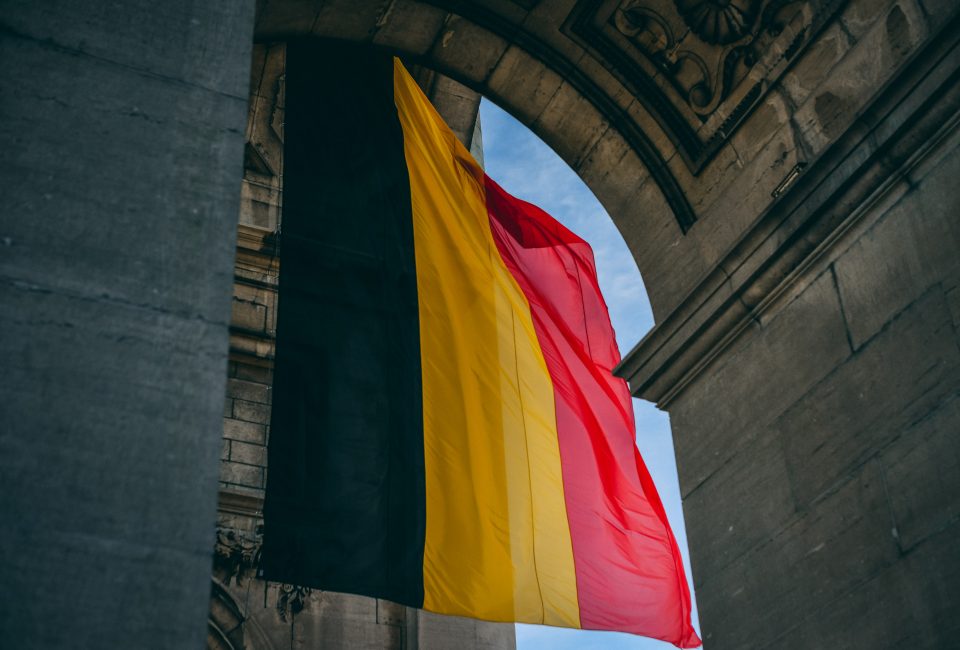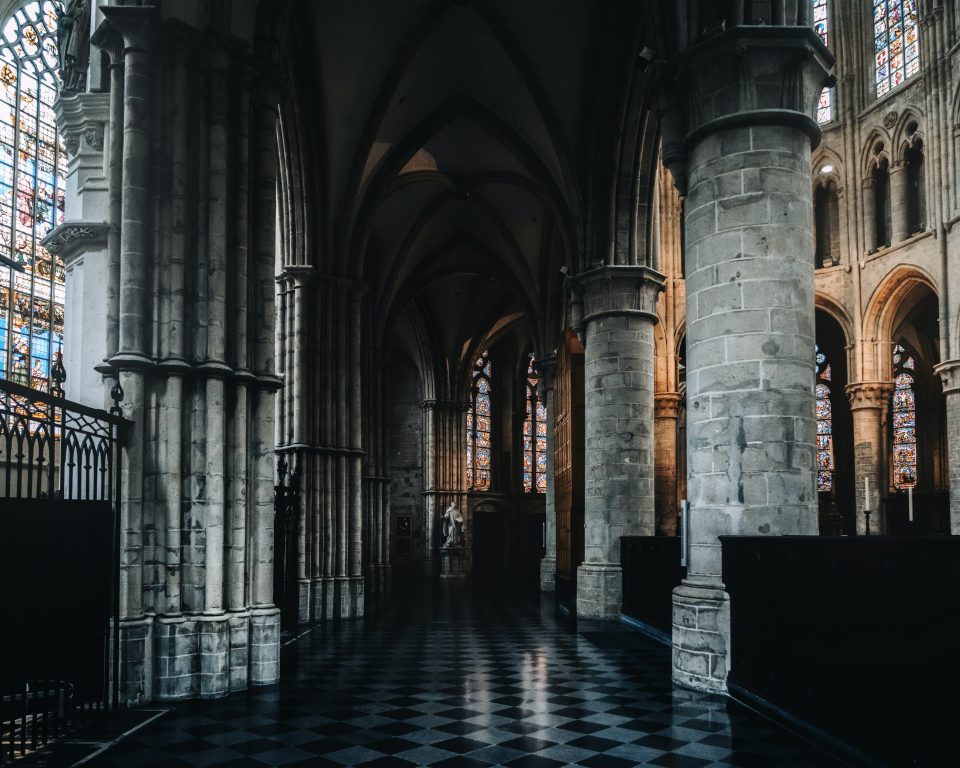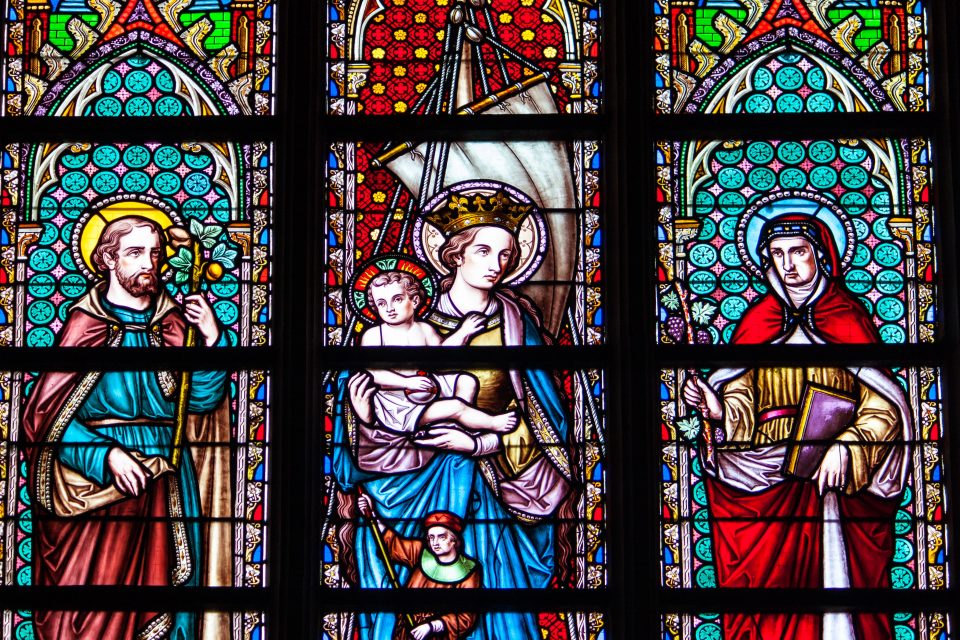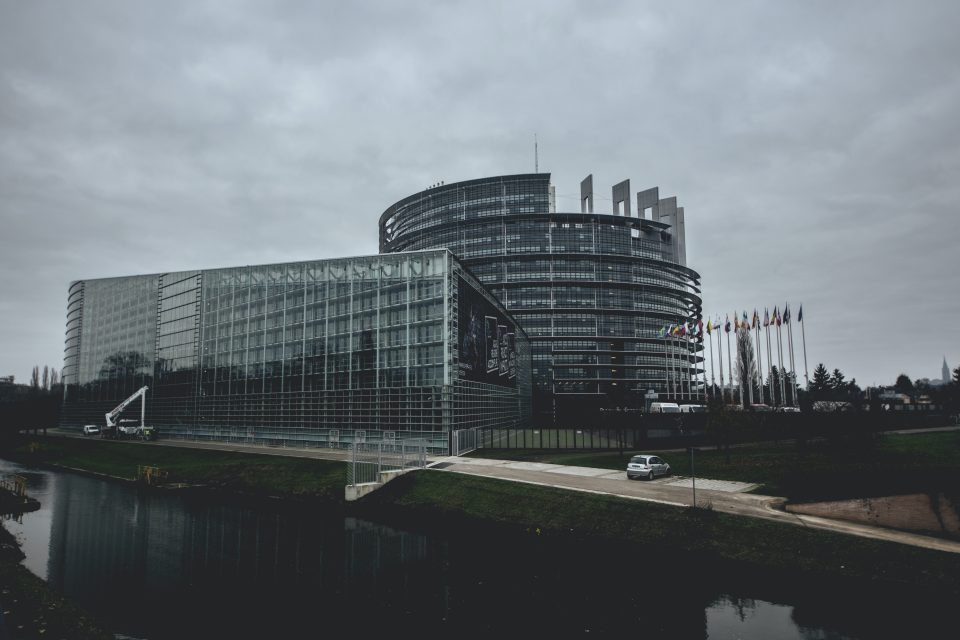
BELGIUM
GEOGRAPHY
Firstly, there is the Dutch speaking Flemish community , mostly found in the northern region of Flanders , which comprise about 60% (6. 5 million) of the population.
The second most- spoken language in Belgium i s French. The French-speaking community lives in the southern Wallonia Region and in the capital Brussels , and this community constitutes approximately 40% ( 4.5 million) of the B e lgi an popul a tion.
Lastly , there’s a tiny German-speaking minority in the eastern regions of the province of Liege who form roughly 1% ( 75,000) of the population of Belgium. Because these regions were only incorporated into Belgium after World War I .
You can use English, but you will need to be able to deploy the basics in French for all of the above situations.

HISTORY
Belgium was growing rapidly wealthy through impressive industrialisation, helped by King Léopold II’s brutal asset-stripping from his personal colony the Congo.
In WWI Belgium was officially neutral, but the Germans invaded anyway. Western Flanders became a blood soaked killing field, and whole towns, including historic Ypres, were bombarded into the mud. In WWII the countries took another pasting as Allied bombing raids tried to dislodge Nazi German occupiers. The Ardennes were the scene of Hitler’s last-gasp offensive around Christmas 1944. After two such devastating wars, Benelux countries understandably became prominent in the drive for European security and integration. Belgium shares borders with France (620 km), Germany (167 km), Luxembourg (1 48 km) and the Netherlands ( 4 50 km). It’s total surface, including water area, is 30,688 km2 .
Belgium has three main geographical regions; the coastal plain in the north w e s t and the central plateau both belong to the Anglo Belgian Basin, and the Ardennes uplands in the southeast to the Hercyni an orogenic belt.
The Paris Basin reaches a small fourth area at Belgium’s southernmost tip, Belgian Lorraine. The coastal plain consists mainly of sand dunes and polders. The thickly forested hills and plateaus of the Ardenne share more rugged and rocky with caves and small gorges.
Extending westward into France , this area is connected to the Eiffel in Germany by the High Fens plateau, on which the Signal de Botrange forms the country’s highest point at 694m.
The climate is maritime temperate with significant precipitation in all seasons , like most of north west Europe. The average temperature is lowest in January at 3 ° C and highest in July at 18° C. This led to Belgium being ranked a s one of the top 10 countries in terms of environmental protection trends . Belgium moreover has one of Europe’s highest waste recycling rates.


SOCIAL CULTURE AND RELIGION
Most Belgians view their culture as an integral part of European culture.
Museums: Some of the most impressive museums in Belgium are The Royal Museum for Fine Arts, in Antwerp and the Groeningemuseum, in Bruges, with the Flemish Primitives.
Architecture: Belgian architecture includes the Romanesque Collégiale Saint-Gertrude de Nivelles and Cathédrale Notre-Dame de Tournai, the Gothic 15th-century Cathedral of Our Lady in Antwerp and Baroque Brussels Grand Place.
Literature: Belgian literature was more cohesive in the past but now is divided between a Flemish literature and a Belgian Francophone literature.
Music: Many important classical composers were born in Belgium. Belgium is also home to some very popular music festivals such as: Tomorrowland, Rock Werchter of Pukkelpop.
Cooking: Good cooking and fine beers are seen by many as part of Belgian culture. Although Belgian gastronomy is connected to French cuisine.
Folklore: Festivals play a major role in Belgium’s cultural life. Nearly every city and town has it’s own festival, some that date back several centuries.
Since the country’s independence , Roman Catholicism, counterbalanced by strong free thought movements , has had an important role in Belgium’s politics. However Belgium is largely a secular country as the laicism constitution provides for freedom of religion, and the government generally respects this right in practice. Roman Catholicism has traditionally been Belgium’ s majority religion; being especially strong in Flanders.

POLITICS
Belgium is a constitutional , popular monarchy and a federal parliamentary democracy.
The bicameral federal parliament is composed of a Senate and a Chamber of Representatives. The major parties in each community, though close to the political center, belong to three main groups: Christian Democrats , Liberals, and Social Democrats. The 2019 elections saw a resurgence of far-right Vlaams Belang in Flanders , as well as gains for the far-left Workers’ Party of Belgium (PVDA -PTB) and the green Ecolo party in Wallonia, with traditional parties losing seats in both regions.
The Chamber’s 150 representatives are elected under a proportional voting system from 11 electoral districts. Belgium has compulsory voting and thus maintains one of the highest rates of voter turnout in the world. It is the only country that does not have age restrictions on euthanasia.

ECONOMY
The economy of Belgium i s a modern, capitalist economy that has capitalised on the country’s central geographic location, highly developed transport network, and diversified industrial and commercial base.
Belgium i s the first country to undergo an industrial revolution on the continent of Europe in the early 19th century and has since developed an excellent transport infrastructure of ports, canals, railways, and highways to integrate its industry with one of its neighbours .
Belgium imports raw materials and semi-finished goods that are further processed and re- exported. Except for its coal , which i s no longer economical to exploit, Belgium has few natural resources other than fertile soils. Belgium has a free-enterprise economy, with the majority of the gross domestic product (GDP) generated by the service sector.
BUSINESS OPPORTUNITIES
FOREIGN RELATIONS
Belgium is heavily dependent on trade, mostly with neighboring European countries (76 percent of exports and 71 percent of imports are with EU partners). More than half of the energy is nuclear produced, which makes the country less dependent on imports of fossil fuels. Most of the trade, for imports as for exports, is in machinery, chemicals and metal products.
INVESTMENT
Belgium has an open economy with a range of investment options that are open to anyone with residency status, as well as some opportunities available for non residents. The country is ranked 48th in the world in terms of economic freedom, with a stable economy, an open market and a high level of investment freedom. However, income tax levels are high so it’s important to plan effectively if you are to get the most out of investing in Belgium. Belgium has a well-developed free market economy, based on both industrial and service sectors. It is heavily dependent on international trade and most of its economic sectors are geared toward exporting products. The nation’s exports are equivalent to almost two-thirds of its GNP.
INTERCHANGE
Belgium is heavily dependent on trade, mostly with neighboring European countries (76 percent of exports and 71 percent of imports are with EU partners). Belgium exports goods like chemicals, machinery and equipment, finished diamonds, metals and metal products,foodstuffs. Main export partners are Germany 16.6%, France 14.9%, Netherlands 12%, United Kingdom 8.4%, Italy 4.9% and United States 4.8% .
Belgium is a country in Europe and member of major international organizations like the European Union and NATO which are both headquartered in Brussels, Belgium. As a federal state, the Communities and Regions have their own foreign relations and are able to conclude treaties themselves.
Belgium is one of the six founding countries of the European Union and its capital, Brussels, hosts the official seats of the European Commission.

INTERNATIONAL RELATIONS
Belgium is one of the six founding countries of the European Union and its capital, Brussels, hosts the official seats of the European Commission, the Council of the European Union, and the European Council, as well as one of two seats of the European Parliament. Belgium is also a founding member of the Eurozone, NATO, OECD, and WTO, and a part of the trilateral Benelux Union and the Schengen Area. Brussels hosts several of the EU’s official seats as well as the headquarters of many major international organizations such as NATO. Belgium is a developed country, with an advanced high-income economy. It has very high standards of living, quality of life, healthcare, education, and is categorized as “very high” in the Human Development Index. It also ranks as one of the safest or most peaceful countries in the world.
